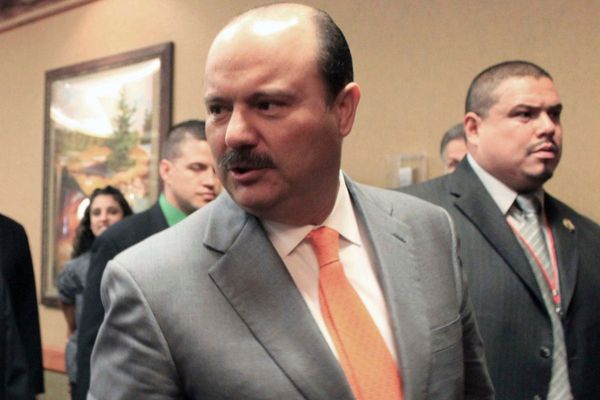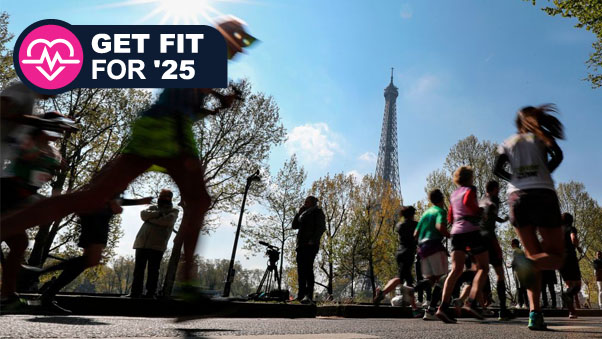
A new year means new challenges, and like many runners, I'm going to be trying to set a personal best over 26.2 miles. On April 13, I'll be lining up with thousands of other runners at the Arc de Triomphe for the start of the Paris Marathon. It'll be the highlight of my running year, and I'm relying on three key tools to get me there - two devices and one app.
I was lucky enough to test many of the best running watches and apps in my previous roles as fitness editor here at TechRadar, and editor on our sister site Advnture, but these are the tools I use myself every day, and used to run a PB at the Manchester Marathon in 2024.
If you've got a big race coming up this year and you're looking for the right tools to help with your training, these ones come highly recommended.
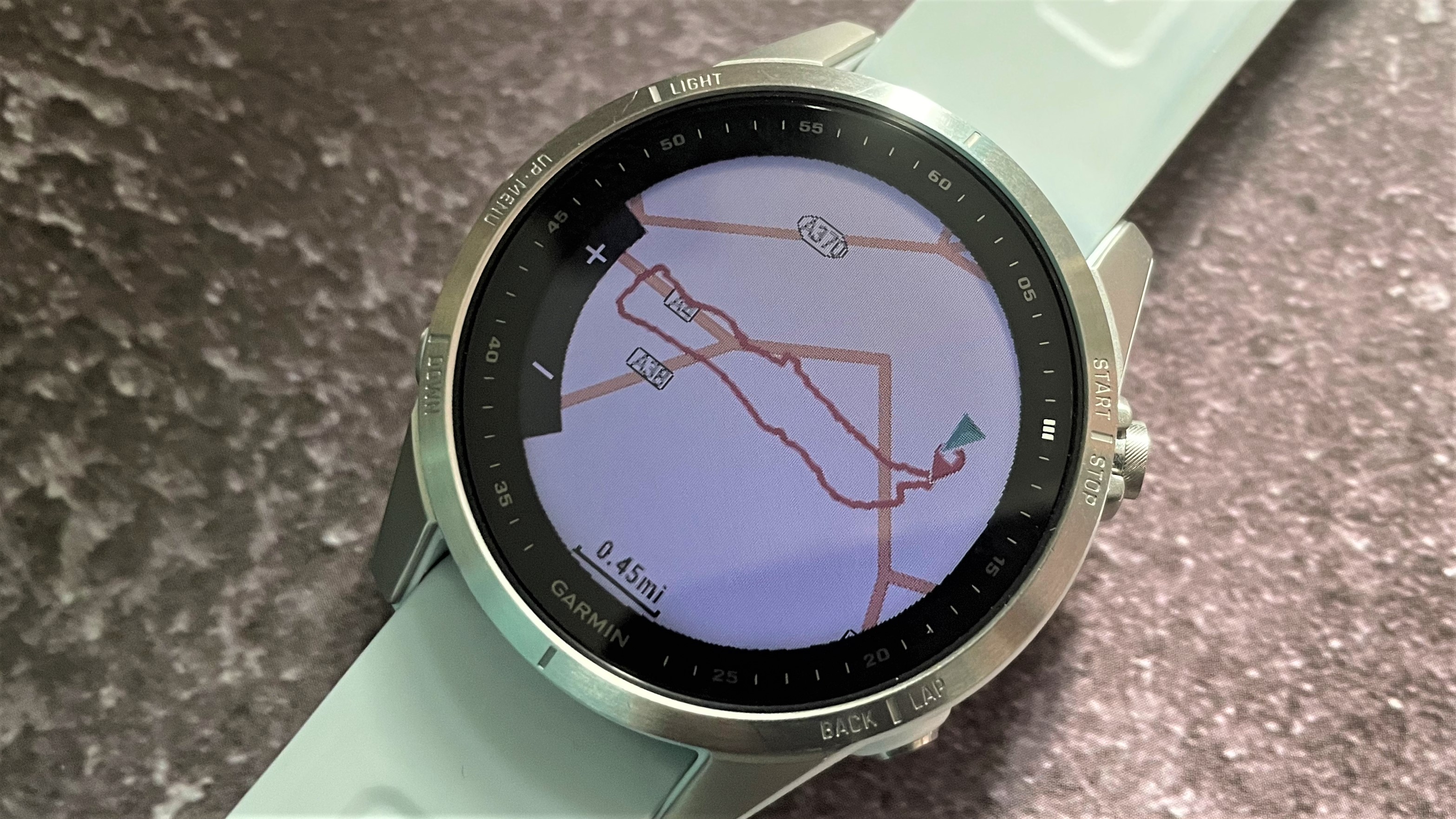
1. Garmin Fenix 7S
It's not the newest or best Garmin watch, but the Fenix 7S is still the device I use myself. It launched three years ago and has stood the test of time thanks to software that receives regular updates, and hardware that's built like a tank. Unlike the Fenix 8, this isn't a watch that's going to restart as soon as it hits cold water - and it's considerably cheaper too.
The Fenix 7S isn't perfect, but it comes close, striking a good balance of relatively compact size, respectable battery life, and impressive fitness tracking chops. Its main downside is that its screen - although nice and clear - is too small for easy navigation. Personally, I tend to stick to the same set of routes for most of my workouts, but if you're planning to explore new locales during your training then the Garmin Enduro 2 might be more to your liking. Its battery life is second to none, it has an excellent built-in flashlight (very handy for training after work in the dark), and its huge screen is perfect for maps, letting you see the next turn well in advance.
For me, however, the Epix 2 is simply too big. I had a great time reviewing it, but its case and lugs were wider than my wrist, and I couldn't get my sleeve over the top. The Fenix 7S is more humble, but it has everything I need - including compatibility with the next two items in my Paris Marathon training kit list.
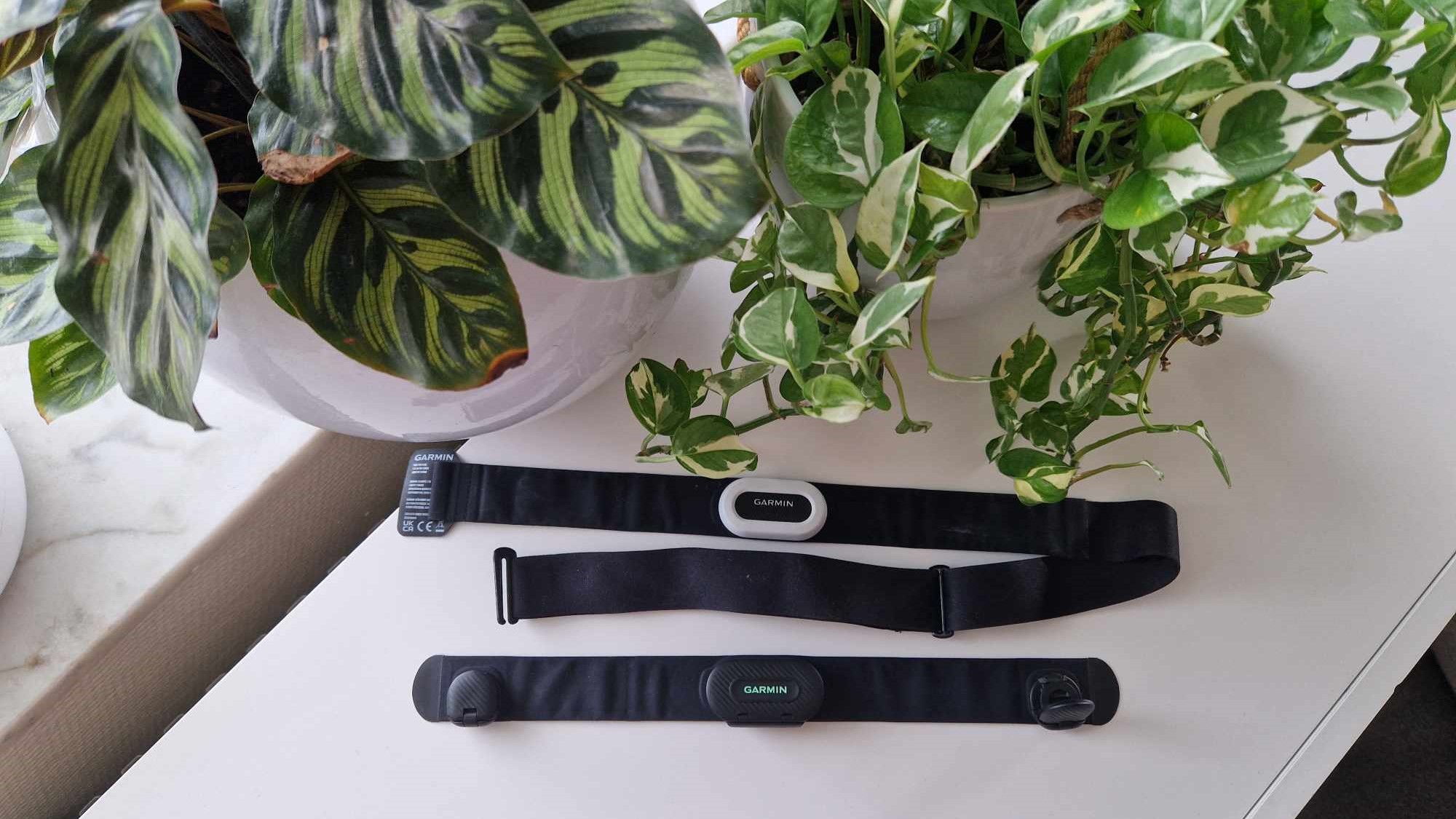
2. Garmin HRM-Pro Plus
The Garmin Fenix 7 has an excellent heart rate monitor, but for some training, a chest strap heart rate sensor is a better choice. Smartwatches and rings use a technique called photoplethysmography (PPG) to monitor changes in blood flow in your wrist or finger. They do this by shining an LED on your skin and then analyzing the light that's reflected back. The properties of the light change as blood pulses through your body, and monitoring for those changes allows the device to estimate your heart rate.
It's clever stuff, but there's always some lag before the device detects a change in heart rate, which can be a problem if you're doing short intervals of high-intensity exercise. Wrist-based sensors can also give inaccurate results if you're engaged in an activity that involves gripping something.
That's where chest strap heart rate monitors come in. These are worn under your top and monitor electrical impulses from your heart. This means they have less latency and are less prone to 'noise' than PPG monitors.
My watch is fine for steady sessions, but my training involves a decent number of sprint sessions, as well as some HIIT on an indoor bike, so it's useful to have a chest strap as well. The downside is that it can be a little awkward to wear with a sports bra, which is why I'll be switching to the Garmin HRM-Fit when my HRM-Pro Plus eventually breaks. The HRM-Fit is specifically designed for women, and clips onto the elastic of your sports bra so you don't have to wear anything extra around your chest.
That's not likely to happen for a long time though - Garmin's heart rate monitors are extremely tough, and mine has survived several accidental cycles in the washing machine (though I certainly wouldn't recommend that as a way to clean yours).
Not sure whether a chest strap is right for you, or which one to pick? Our guide to the best heart rate monitors is the perfect place to start.
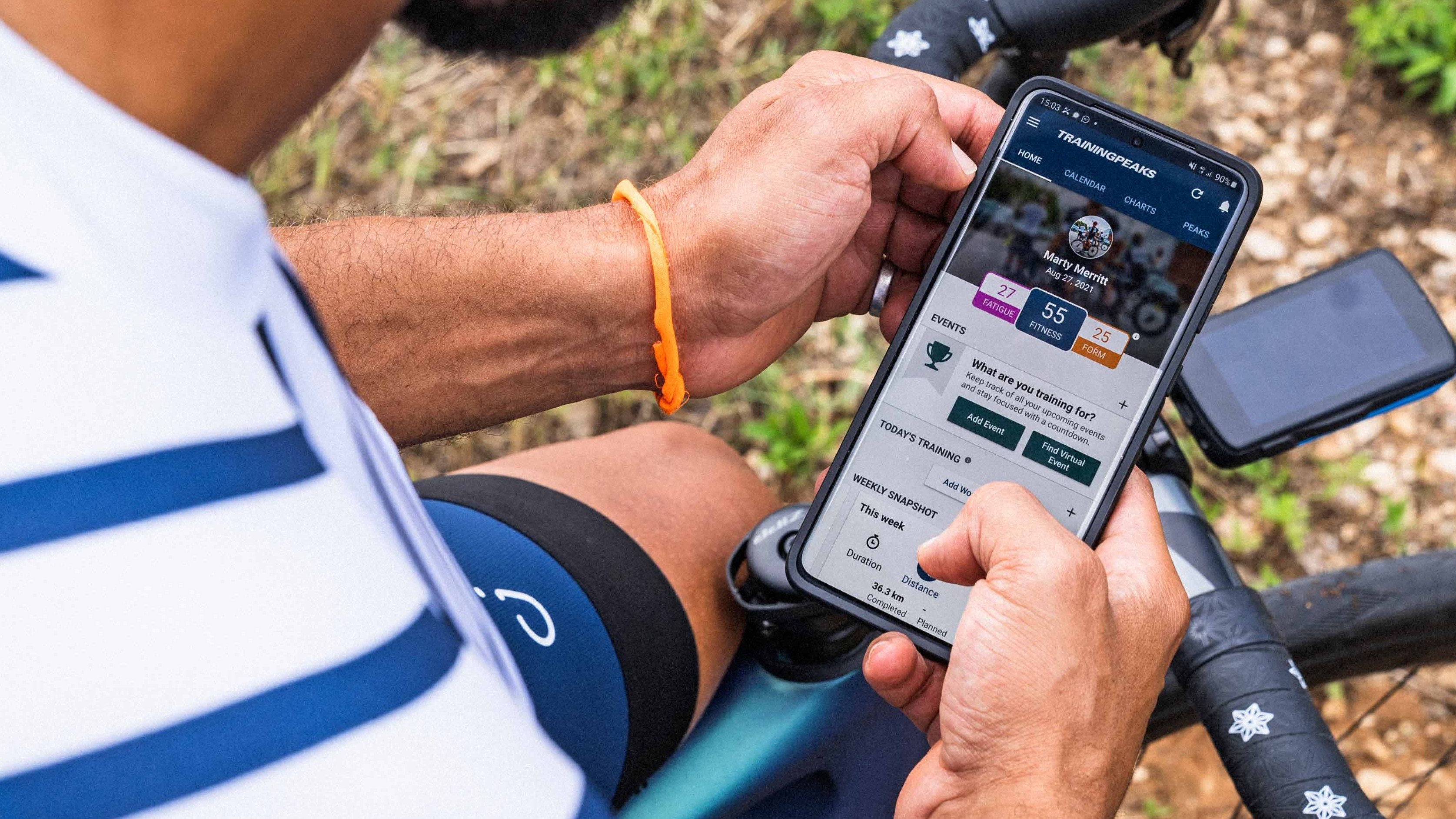
3. TrainingPeaks
TrainingPeaks, the third part of my Paris training package, is a fantastic tool that (as the name suggests) provides training plans for different events and lets you track your progress as you work your way through them. I used it for the 2024 Manchester Marathon, and it was invaluable.
TrainingPeaks can be used by coaches working with athletes, or you can use it yourself as a lone wolf. To get started, enter the date and type of your event, then search for a training plan to get you there. There are plans from well-known coaches, and although few are free, your payment often gets you not only the schedule but also support via email to help you along the way.
For me, the best thing about TrainingPeaks is how it works with your sports watch. Connect it to the account for your device (whether it's Apple, Garmin, Whoop, Polar, or something else) and workouts will be synced to your wrist automatically. All you have to do is select 'Run' and you'll be guided through the day's planned activity, with instructions to help you keep to the right pace or heart rate throughout.
Once you're done, your data will be sent to TrainingPeaks, where you can check on your progress and see what's coming up. It works so well, that I'd recommend it to anyone preparing for a big event.
However, life does sometimes get in the way, and it's worth being aware that if you want to shuffle things around and change chunks of your schedule to fit around events and holidays, you'll need a premium account. You'll get a 14-day free trial when you first sign up. so you can cancel before the first payment if you decide it's not right for you.
If you're looking for something different (or free), take a look at our roundup of the best fitness apps for some top-rated alternatives.



